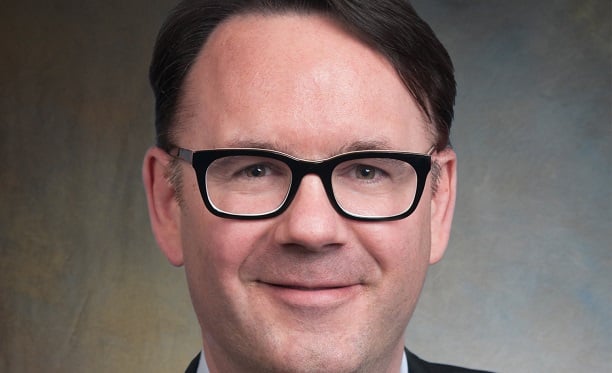NEW YORK, NY—-The United States has now recorded almost ten years of seamless capital value growth which is why our current worldwide global real estate cycle is one of the longest in recent history, says PGIM's recent report, “Trends for 2019–Global Real Estate Trends Set to Shape the Next 12 Months.” With concerns about the high costs of real estate and some political uncertainty, there is now a sense of caution among lenders and investors. On the other hand, with a good amount of capital still targeting real estate, there are also still many reasons for optimism about the outlook, at least in the near-term.
One obstacle that could overshadow some of the already cautious optimism is that capacity constraints and rising costs in the construction sector are dampening the supply pipeline and point to upside risks to the rental growth outlook.
However, Lee Menifee, Head of Americas Research, PGIM Real Estate tells GlobeSt.com that materials costs are already plateauing in many markets. So it appears that pressure may be subsiding, with the important caveat that trade wars with tariffs could cause materials costs to rise again.
“But there are two areas where we see no end to costs pressures,” he adds.
First, labor availability is critically low in many markets. Unemployment overall is low, and skilled tradespeople are scarce. This is particularly true in the highest cost markets like London, New York and Tokyo.
Second, tenants, particularly office tenants, require higher cost build-outs than they have in the past. A lot of this relates to density. As an extreme example, flexible office tenants are very intense users of space. The costs of building out offices are rising, not falling, in most markets. Real estate owners are increasingly adopting a service-provider model, rather than just being passive recipients of income. While that model results in higher top line revenues, it does come at the cost of things like providing fully built-out space for tenants with flexible needs, Menifee says.
There are few upside risks to the rental growth outlook because there is still fiscal stimulus flowing through the US economy from a combination of the late-2017 tax cut and the large 2018 budget, and because policy rates are ultra low in Europe and Japan. While there are a lot of downside risks, there are also upside risks if issues such as trade uncertainty are resolved this year, which could cause consumer and business confidence to bounce back.
And there are plenty of opportunities as well. “We also see the potential for robust rent growth in some niche property types,” Menifee says. As one example, the demand outlook is bright for student housing in countries like the United Kingdom and Australia, which have a large and growing international student population. Another example is manufactured housing in the United States, which has a stable and growing demand base with very little new supply, he continues. “Also in the United States, we have a 20+ year outlook for rising senior housing demand and a clear need for more stock.”
According to Menifee, there are a few obstacles to overcome as we settle into 2019.
The first challenge is slowing returns—-although it's important to note this is due to the end of yield compression in most markets and not to any erosion in income streams from real estate. The end of yield compression has very little to do with real estate, but instead is simply a reflection that investors view real estate as fairly valued relative to other asset classes. The income streams look durable in almost every market in the world, even in a slower economic growth environment, due to low supply. Growing those income streams will be more challenging, making good market selection and sector allocations essential for investors to meet their returns objectives.
The second challenge is stock availability. Transactions volumes are robust, but those high numbers mask the stubborn bid-ask spread that has persisted in many markets for years. There are a lot of buyers with dry powder, most of whom are looking for higher than core returns, and there are very few sellers that are motivated to sell at prices that hit these value-add returns. Both buyers and owners have really maintained their discipline, which makes sense for both of them, but this mismatch will have to be resolved at some point.
“The amount of dry powder ready to be deployed, and the lack of any obvious circumstance that will cause today's owners to become distressed sellers, suggests that there will be some buyers willing to pay up for access to assets,” says Menifee.
© Touchpoint Markets, All Rights Reserved. Request academic re-use from www.copyright.com. All other uses, submit a request to [email protected]. For more inforrmation visit Asset & Logo Licensing.







